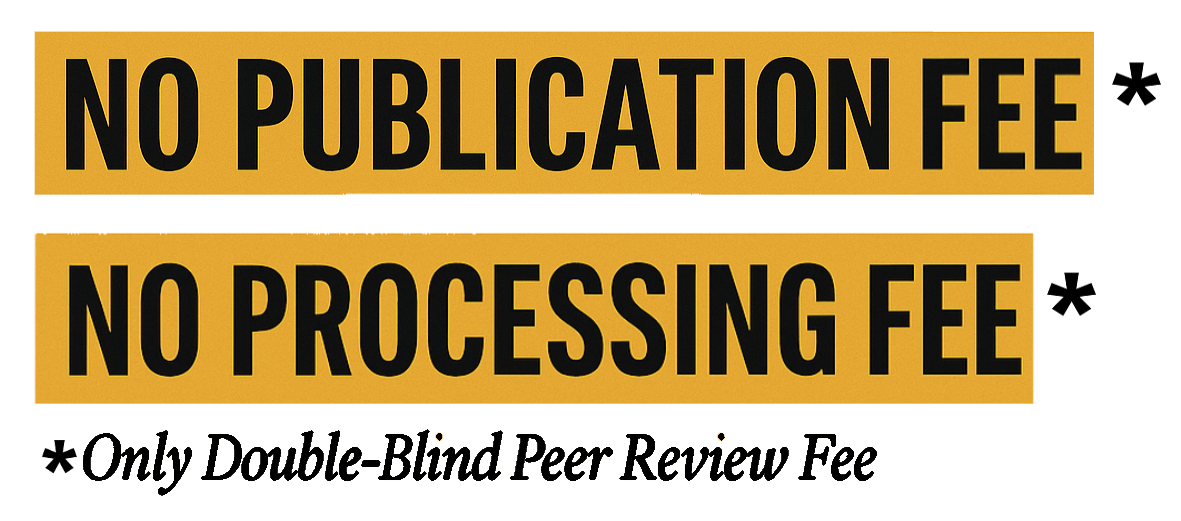إستراتيجيات الترجمة الثقافية
Strategies for Cultural Translation
Keywords:
Cultural Translation, , Understanding Culture, , Understanding Culture, Cultural Terms, Characteristics of Culture, Assessing the Culture, Cultural Terms, Characteristics of Culture, Assessing the Culture, Cultural Terms, Characteristics of Culture, Assessing the Culture, Cultural Terms, Characteristics of Culture, Assessing the CultureAbstract
Research in the field of cultural translation is extremely challenging, as it involves not only linguistic demands but also connotations related to the environment, beliefs, and spiritual values of different cultures. This directly influences the translator and reflects on the translation process, which essentially means conveying the main ideas contained in the translated texts faithfully. Avoiding bias towards any school of thought or content is a requirement for translating texts. Additionally, cultural translation requires sufficient knowledge of the environment in which the novel or any text was originated, as the environment also directly influences the choice of words carrying cultural connotations according to the traditions and inherited values of the society. In the context of understanding cultural connotations according to the traditions of the society, there is a necessity for the translator to be knowledgeable about the origins and history of words. This includes the study of the evolution of words, which requires definite attention to distinguish between traditional and very contemporary cultural terms. The interest in knowing the history of words stems from its assistance in understanding the cultural context based on the historical and cultural evolution of societies, in order to evaluate the contemporary word from the source language and understand the developments of languages and cultures regarding the texts that need to be translated. Cultural translation research delves into the depth of language and its rich heritage that is passed down through generations, emphasizing the close relationship between language and cultural heritage. This necessitates careful consideration of cultural diversity when translating a text, including the extraction and translation of cultural elements that often remain hidden and require additional effort to be conveyed effectively in the target language. The issue of cultural diversity is one of the main concerns that translators should consider when translating texts originating from, for example, mixed work environments. This is evident in the study of communication cases among employees in multinational companies or international organizations operating in different environments, where these environments are fertile ground for cultural diversity. Translators should guide the translation of texts to reflect the semantic meanings that take into account the cultural differences among the employees. It is essential to consider the cultural differences first and foremost to avoid causing confusion among the target audience. This comprehensive summary requires a well-thought-out plan to extract and translate cultural connotations in a way that ensures understanding in the target language. The research is based on two main axes: the theoretical axis, which defines cultural translation and studies the theories related to it, and the second axis, which applies the theoretical aspects to the conditions and rules of cultural translation, including discussions on the levels of cultural translation and providing three models to facilitate understanding of cultural translation and the translation of different texts containing cultural elements. In conclusion, the study concluded with general finds, some of that cultural translation requirements studying for different theories, giving an interpretation of the word in parentheses. In also included knowledge of the two languages from which the translation is being translated. In addition, cultural translation enhances the transfer of foreign culture; facilitate understanding of foreign cultures, which works as cultural bridge between people.










